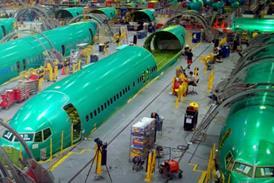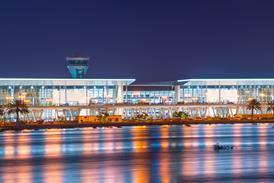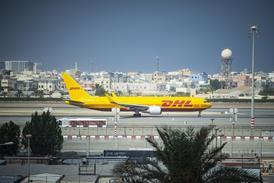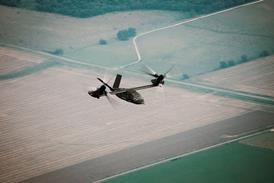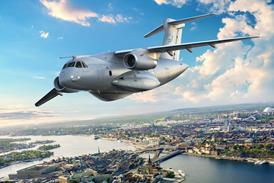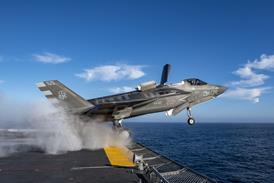It is too easy to assume that bigger is better when it comes to military airlifters ("Last chance for A400M", Flight International, 18-24 February). The size and performance of the A400M design resulted from the European Staff Requirement issued by eight European NATO nations in 1996. The specification was arrived at by pooling all their needs in terms of critical loads and operational requirements while minimising through-life costs.
Despite delays in launching the programme, none of the nations involved in the original specification have seen fit in the meantime to change significantly their requirements. The inventory of equipment foreseen for the A400M does not include heavy armoured vehicles. What the aircraft is required to have, in addition to its strategic transport role, is versatility and tactical performance equivalent to the aircraft it will replace. Hence the choice of operating weights (and turboprop engines).
The Boeing C-17 is a formidable strategic airlifter, but its high acquisition and operating costs put it beyond the reach of most defence budgets. The A400M is the answer to a precisely identified requirement. To "scale up the design" into something it was never intended to be is to defeat the object of the exercise and not fulfil the requirement for a suitable, cost-effective airlifter. In addition, such a course would work against recent efforts to forge a cohesive, inter-operable European airlift fleet. The suggested C-17 solution implies the abandonment of the European industry from a significant market sector.
Alasdair Reynolds Communications Manager, Airbus Military, Toulouse, France
Source: Flight International

